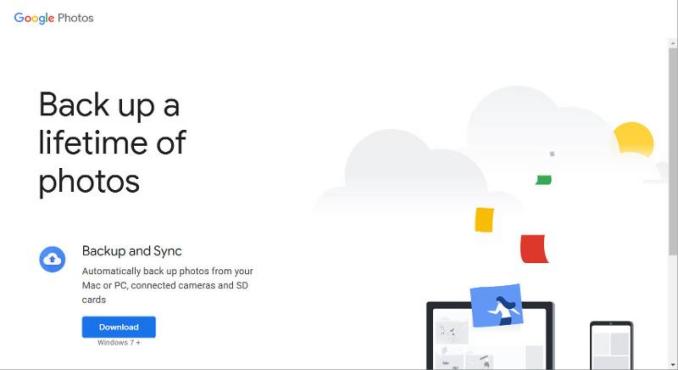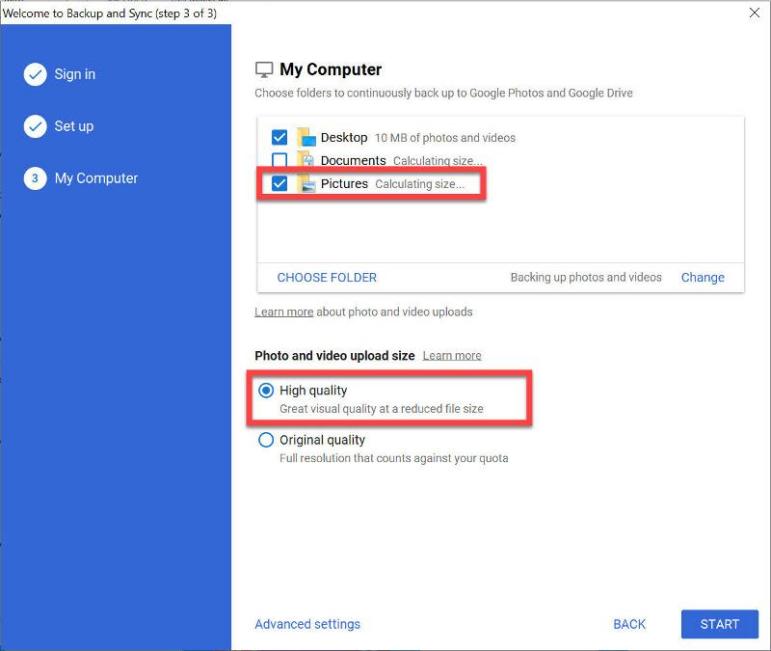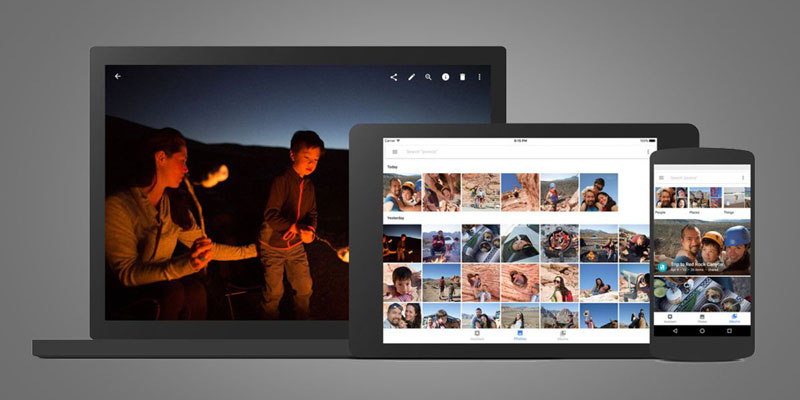Ways to Back Up Your Google Photos Library and Keep Your Metadata
Martin Wilson
Aug 02, 2022
Google Photos is one of the most acceptable ways to sync and store the pictures you take on your phone. Because there is no longer an option in Photos to sync with Google Drive, maintaining a continuous backup of your photographs will require some effort. This article provides you with the opportunity to generate a backup that will preserve the quality of your pictures as well as the information associated with them:
Google Drive
As was the case in the past, high-quality images and videos may be stored for free in Google Photos, so your Google Travel storage won't be affected. On the other hand, if you choose original high quality, Google Photos will use some of the storage space in your Google Drive to search through your collection. This is the case even if you cannot see or access the images. Each photograph or video clip stored in each location only requires half as much storage space.
Sync Google Photos Drive I.D.G.
The photographs already stored in the Google Photos folder that you have associated with Google Travel will not be erased; however, new picture types will no longer be uploaded.
Folder Photographs
Suppose you used Google Photographs before July of this year. In that case, any synchronized photos will continue to be stored in your folder even after Google stops supporting the function altogether. You can do anything you want with it, but photographs you delete from Google Travel won't be erased from Photos.
Upload Push
Add from Drive is the name of the new capability that was just introduced to Google Images by Google. Like the "Upload" button and the drag-and-drop method, you may search through your Google Travel album for specific photographs and video clips and then import them into Shots. When anything is posted to Google Photos, a copy of it is kept in two locations, and the amount of storage space it requires increases by a factor of two. And even if you remove a picture from one place, it will still be visible in the other location.

Backup and Sync
The Google Backup and Sync application have been available for Macs and P.C.s for some time now for metadata. This application enables it simple to upload photos and videos stored on your desktop to your Google Push or Google Pictures account. However, you can select individual folders to automatically sync them, just like you did a long time ago when you booted up your P.C. This allows you to do something similar to what you were able to do before.
Download A Photo Archive
Google Images archive by using the Google Takeout service. This will allow you to ensure that you have a backup of your shots in addition to the one on Google Images. While it may not sync as quickly or smoothly as Google Drive, it is still valid.
Back Up Google Photos I.D.G.
You will need an archive initial to view your Google Images library in its entirety again. To begin, go to your Google account's Facts &'' Personalization section, scroll to the bottom of the page, and click the Get Facts button. You have a few options but must deselect them and go for Google Pics instead. Click the checkbox to confirm your selection, and then scroll down to the Next step option. On the next screen, you can choose the shipping and delivery method, the kind of files, the size of the archive, and the frequency with which you would want to get a copy of your archive. After that, choose the option to Create an archive to save your library. On the other hand, when a picture is exported, the information associated with the image itself is erased. You have a few possibilities, none of which will be that clear if you want to continue doing that:
1) Using the website, manually export photographs from your Google Photos account. This time-consuming method demands you to export 500 pictures at a time into a specific folder after selecting them one at a time. After that, you will need to manually organize them into folders so that you can locate them when you need them.

2) Send individual photographs or whole albums to other individuals using email or cloud storage on your mobile device. Again, this is a very laborious process. Still, you may locate photographs or albums on your phone, share them using a service like Dropbox or Google Generate, or send them over email. Then, move them to a different location until everything is exported.

